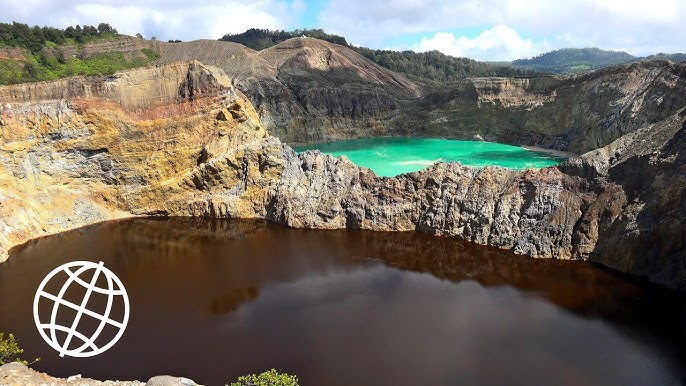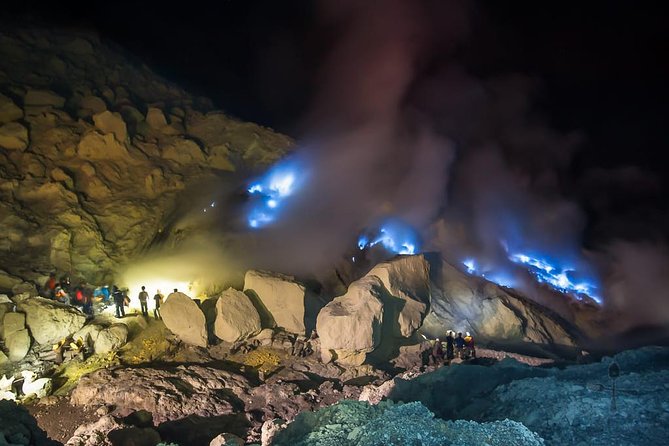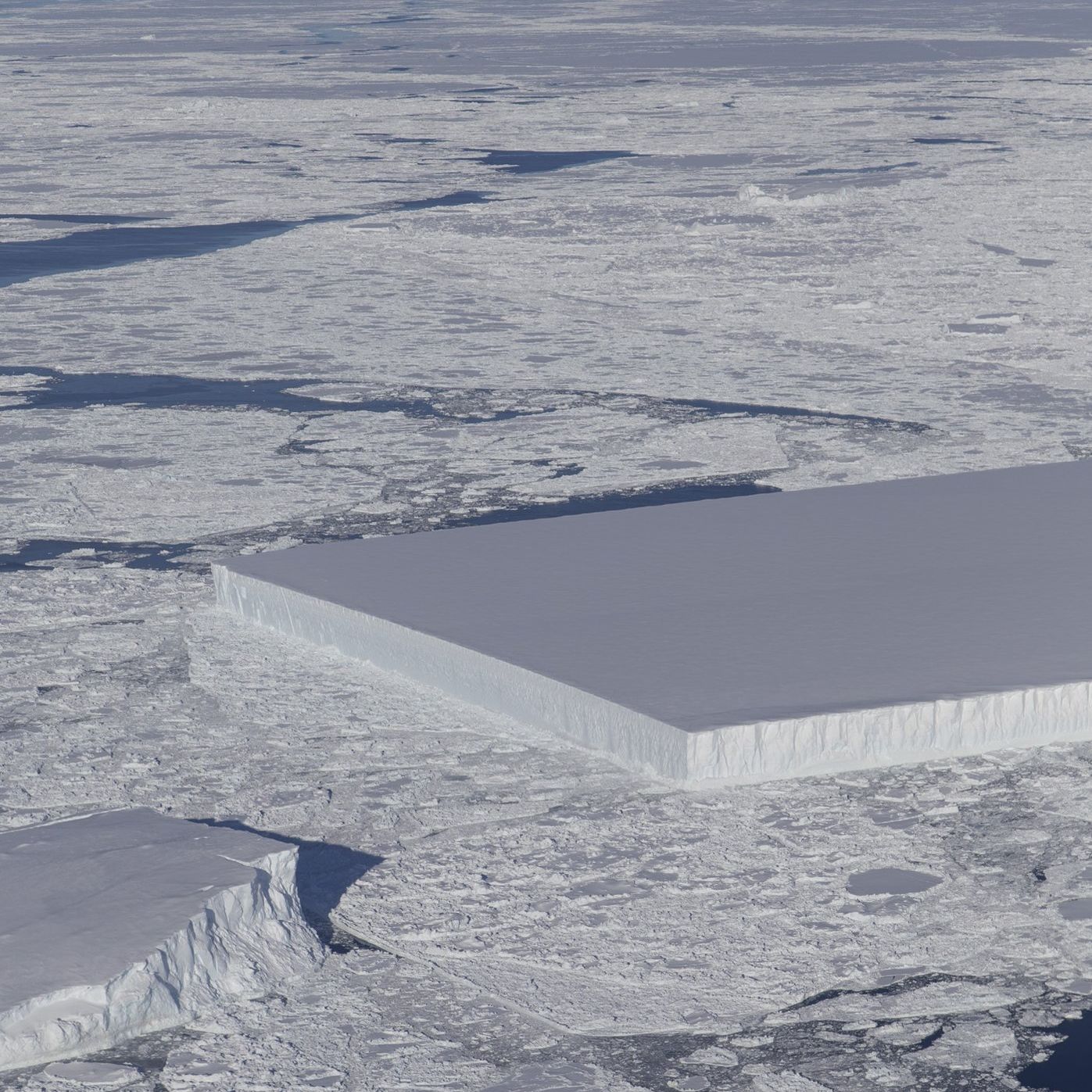A cube shaped iceberg in Antarctica is one of the most surprising and visually striking sights ever recorded in the polar regions. While most icebergs appear jagged and uneven, this geometric block of ice looks almost too perfect to be real. Its straight edges and flat surfaces have fascinated scientists, photographers and climate researchers around the world. This SEO focused article explores how this rare formation occurs, what it reveals about Antarctic conditions and why it has become a symbol of the unique beauty found in Earths coldest continent.
What Is a Cube Shaped Iceberg
A cube shaped iceberg is a tabular iceberg that breaks off from a large ice shelf with clean, sharp lines. Unlike typical icebergs that fracture into irregular shapes, tabular icebergs remain flat and rectangular because they originate from stable ice shelves. The cube shape happens when the iceberg breaks in a nearly straight line, creating a block that resembles a giant frozen cube floating in the Southern Ocean.
These icebergs can be incredibly massive despite their geometric precision. Some can measure tens of meters high and hundreds of meters long. Their sheer size combined with their perfect shape makes them appear almost surreal against the vast Antarctic landscape.
How Cube Shaped Icebergs Form
The formation of a cube shaped iceberg starts with the natural calving process from an ice shelf. Ice shelves are thick floating slabs attached to the continent. Over time, cracks form due to temperature changes, wind pressure and ocean currents. When a crack runs straight through the ice shelf, it can break off a perfectly shaped block.
Several conditions contribute to this phenomenon:
- Uniform Ice Structure
The ice shelf must have a consistent thickness and density. This allows fractures to spread evenly. - Stable Climate Conditions
Minimal surface melting ensures the ice stays solid and firm enough to crack cleanly. - Low Wave Activity
Calm waters during calving help preserve the sharp edges of the iceberg.
Because these factors rarely align perfectly, cube shaped icebergs are uncommon and become major highlights when discovered.
Why the Cube Shaped Iceberg Went Viral
When images of a cube shaped iceberg in Antarctica first circulated online, many people questioned whether it was digitally created. The perfectly straight lines and sharp corners looked unnatural. However, scientists confirmed that the phenomenon is real and explained that tabular icebergs commonly form flat surfaces, though perfect cube shapes are exceptionally rare.
The viral spread of the images brought new global attention to Antarctic science. It highlighted how nature can produce shapes that resemble human engineering and showcased the remarkable precision of natural forces.
Scientific Importance of Cube Shaped Icebergs
Although visually fascinating, cube shaped icebergs also play an important role in polar research. Scientists study them for several reasons:
- Indicators of Ice Shelf Stability
The shape and size of calved icebergs help researchers understand stress patterns inside the ice shelves. - Climatic Clues
Changes in calving frequency can signal shifts in temperature, ocean conditions and wind patterns. - Ocean Circulation
As the iceberg melts, it releases fresh water into the ocean, influencing circulation and local marine ecosystems.
These scientific insights contribute to broader climate studies and help researchers better predict how polar environments might change in the future.
The Beauty of Geometric Ice in Nature
One of the reasons cube shaped icebergs attract so much attention is their unexpected symmetry. In nature, symmetry often feels calming and visually satisfying. Against the dramatic and rugged backdrop of Antarctica, the smooth surfaces and straight edges appear both artistic and surreal. Photographers often describe these icebergs as natural sculptures created by ice, time and pressure.
Climate Change and Iceberg Formation
While cube shaped icebergs are natural formations, their increasing visibility raises discussions about climate change. Ice shelves are thinning in several regions due to rising temperatures and warming ocean waters. As a result, the rate of iceberg calving is increasing. Although this does not directly cause cube shaped icebergs, it leads to more opportunities for unique shapes to form.
Monitoring these icebergs helps scientists understand how quickly ice shelves are evolving and what that means for future sea level rise. Their existence is a reminder of the delicate balance of the polar environment.
Tourism and Public Interest
Antarctica is not easily accessible, but the rise of polar tourism has brought more visitors closer to its extraordinary landscapes. Cruise travelers are often drawn to the chance of witnessing unusual ice formations, including flat topped or cube shaped icebergs. These natural wonders contribute to the region’s reputation as one of the most awe inspiring places on Earth.
However, responsible tourism is crucial to protecting Antarctic ecosystems. Visitors must follow strict guidelines to ensure minimal environmental impact.
The cube shaped iceberg in Antarctica stands as a powerful reminder of the beauty and precision found in nature. Its sharp corners and perfectly straight edges demonstrate how natural forces can create formations that appear almost artistic. Beyond its visual appeal, the iceberg provides important scientific insights into the stability of ice shelves and the changing climate of the polar region.
As interest in Antarctica continues to grow, rare formations like cube shaped icebergs will remain symbols of the continents fragile beauty. By understanding and appreciating these phenomena, we gain a deeper respect for the natural processes that shape our world.





